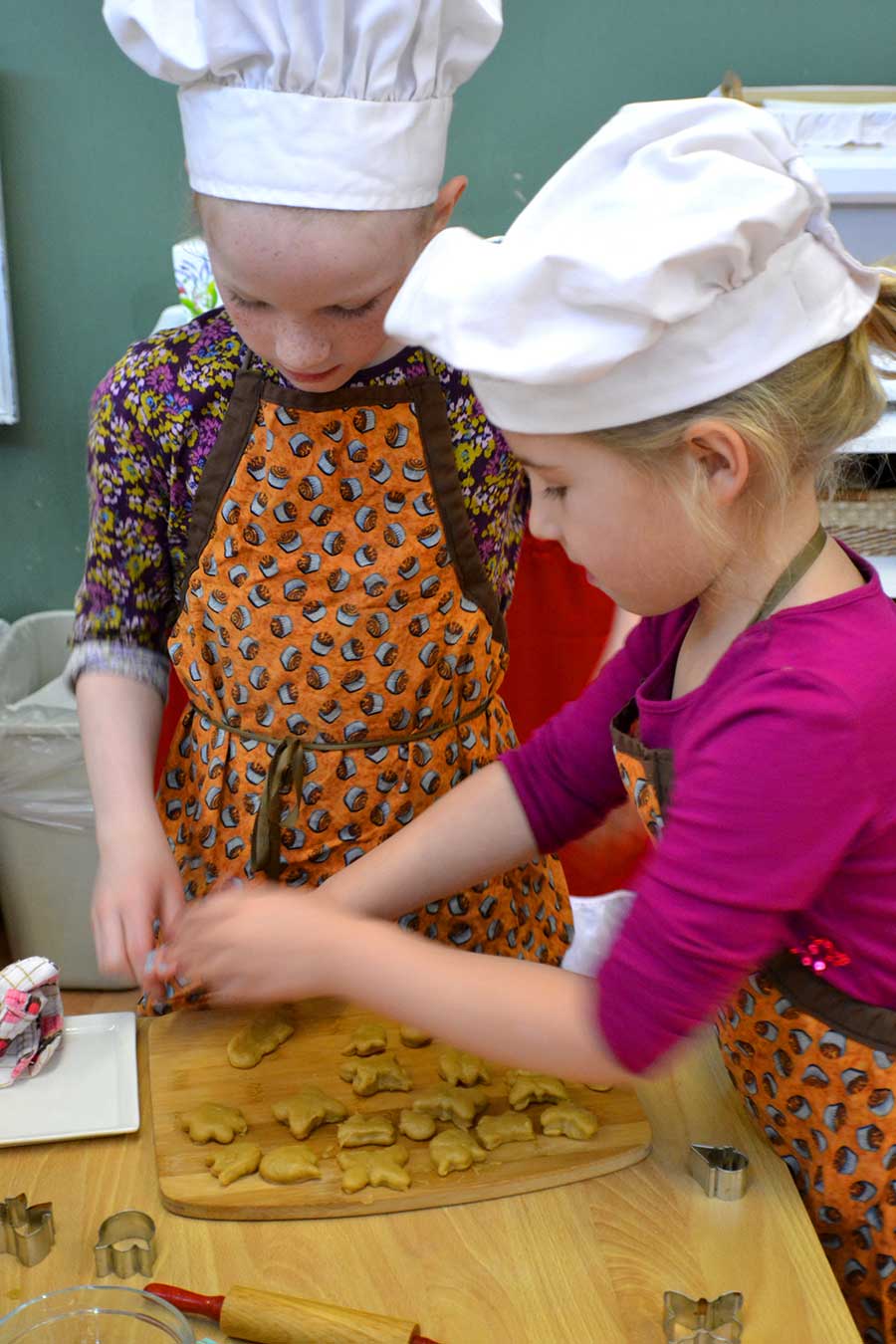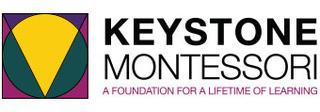Children's House (3 to 6 years)
 At the core of the Montessori approach to education is the curriculum for the Primary, 3-6 year-old child.
At the core of the Montessori approach to education is the curriculum for the Primary, 3-6 year-old child.
Developmentally, the young child is curious about everything and needs to explore and discover. Our Children’s House, 3-6 learning environment is designed to encourage each child to move, touch and manipulate. Each child has the freedom to work independently, based on their own initiatives with respectful guidance from their teacher. Keystone’s, 3-6 learning environments are inviting, attractive spaces with an intriguing array of learning materials, books, plants, animals, art and music materials and nature activities. The environment contains specially designed, hands-on materials that invite children to engage in learning activities of their own individual choice. Children in a Montessori classroom learn by making discoveries, a process that helps to cultivate concentration, motivation, self-discipline, and a love of learning. Each Children's House Assistant speaks to the children in her native language of Spanish providing the children with a bilingual learning environment.
Community of Learners
Children’s House classrooms are places where a child can feel at home and can work with interest at his or her own tempo and level. The Children’s House is the first classroom with a three-year mixed-age grouping of children. Children learn from each other, with older children being role models. Each child learns to cooperate with children of different ages, to respect and celebrate each other’s efforts and to take care of themselves, others and the environment. The classroom is a thriving community where children are treated, and learn to treat others, with respect and dignity.
Learning Environment
 Our classrooms are prepared with the child, and only the child, in mind. The physical space and routines are designed to maximize independent learning and exploration. Objects are placed so children can reach what they need, without having to wait for adult help. Dr Montessori noticed that children learn less from listening to an adult talk, and more from direct experience with objects in their environment. Children have a deep urge to manipulate and explore. Montessori developed learning materials to stimulate the child into discovery. Each Montessori material is simple and carefully designed to appeal to the child at this stage of development. The prepared environment focuses on the child, and in this space only things that will assist the child’s development and encourage spontaneous activity will be present.
Our classrooms are prepared with the child, and only the child, in mind. The physical space and routines are designed to maximize independent learning and exploration. Objects are placed so children can reach what they need, without having to wait for adult help. Dr Montessori noticed that children learn less from listening to an adult talk, and more from direct experience with objects in their environment. Children have a deep urge to manipulate and explore. Montessori developed learning materials to stimulate the child into discovery. Each Montessori material is simple and carefully designed to appeal to the child at this stage of development. The prepared environment focuses on the child, and in this space only things that will assist the child’s development and encourage spontaneous activity will be present.
Montessori Curriculum
The daily practice of Montessori philosophy is made possible by a clearly defined Montessori curriculum. The Montessori curriculum includes practical life, sensorial activities, language, mathematics, botany, geography, art, music, drama, and environmental studies. Children also participate in movement exploration.
- Half Day (8:30am – 11:45am)
- School Day (8:30am – 3:00pm)
- Extended Day (7:30am – 5:30pm)

